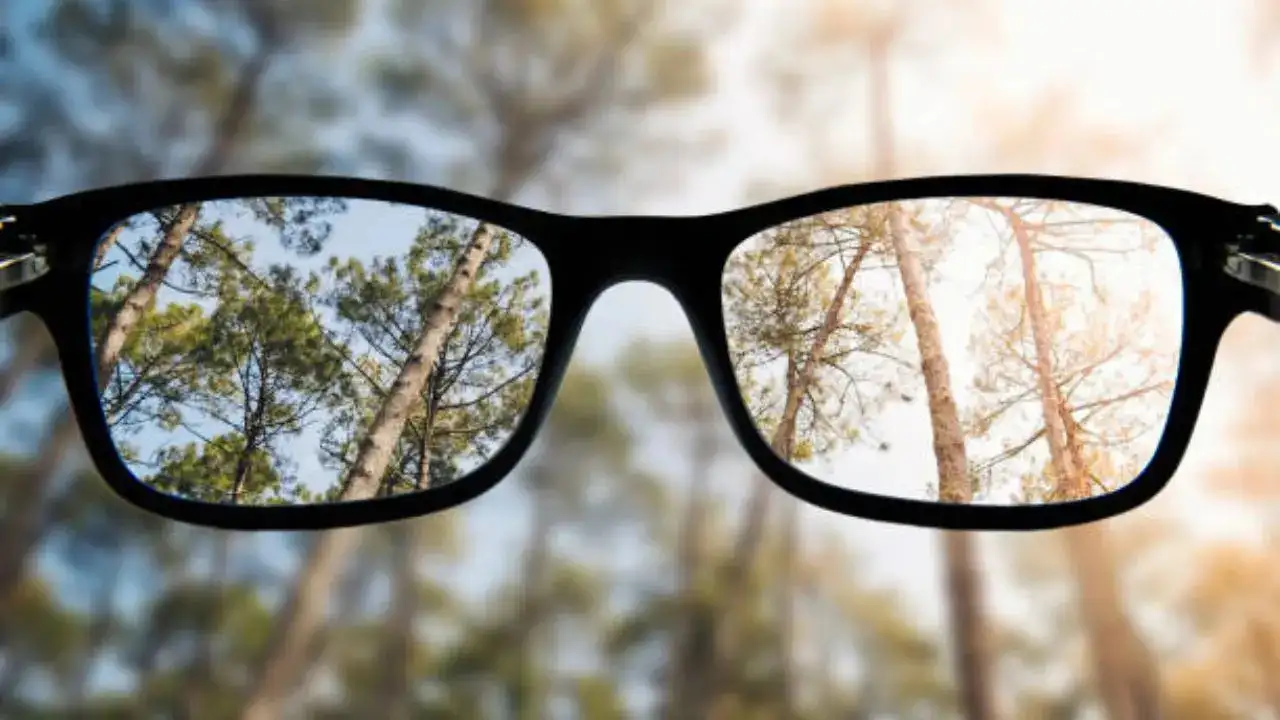
Doctors say both are types of refractive disorders caused by how light refracts, or bends, within your eyes
Most people with vision issues are suffering from either nearsightedness or farsightedness, or even a combination of both. Experts say it can be confusing to remember the differences between the two. Nearsightedness means the ability to see things nearby with relative clarity, while farsightedness is the ability to see objects that are far away.
Doctors say both are types of refractive disorders caused by how light refracts, or bends, within your eyes. Both can, however, be treated with the help of glasses, lenses, or even surgery.
What is nearsightedness, and what causes it?
According to experts, if you are short-sighted or suffering from myopia, you may be able to see all objects near you very clearly, but those a little further away can be blurry. The American Refractive Surgery Council says myopia can be attributed to environmental issues like the use of computers, mobile phones, and electronic readers. You may experience the following symptoms:
- Blurred vision
- Squinting to see far-away objects clearly
- Strain in your eyes
When you have myopia, the light that comes into the eye and into focus on the retina helps you sense light and colour resulting in its front, causing blurry vision for objects that are far away.
What is farsightedness, and what causes it?
Hyperopia, or farsightedness, means seeing some far objects more clearly than the objects that are near you. You may also need glasses to read if you are farsighted. A few symptoms of farsightedness are:
- Blurry vision of items that are close to you
- Eye strain or tiredness
- squinting
-
Headaches, especially when you are reading
According to experts, in hyperopia, light focuses behind your retina rather than on it, resulting in blurry vision of things close to you.
The College of Optometrists in the Visual Department says most people diagnosed with ADD/ADHD are farsighted.
How are both conditions diagnosed?
Doctors say if you are experiencing blurry vision daily, you must get your eyes checked thoroughly by:
Visual acuity assessment tests can check for myopia by giving you a task of reading letters from a chart at a specific distance. If diagnosed, further testing will be required to determine your corrective prescription. For checking farsightedness, your refraction assessment can be done along with an eye health exam, which includes dilation of the pupils.
Ways to treat nearsightedness and farsightedness
Doctors can offer treatments for both refractive issues, depending on the severity of your condition. Most cases of nearsightedness and farsightedness can be treated by a doctor with contact lenses, glasses, or LASIK surgery.
If you have moderate nearsightedness or farsightedness, you can benefit from wearing glasses and lenses, as they give you control over how often you need your vision to be corrected.
Get Latest News Live on Times Now along with Breaking News and Top Headlines from Health and around the world.
